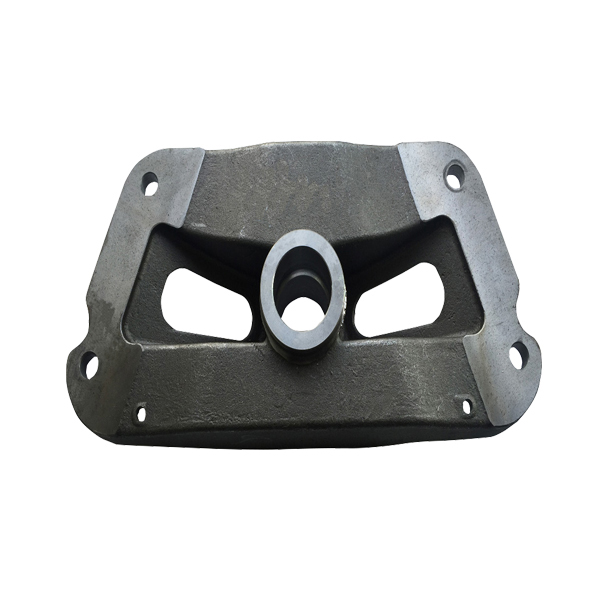

Iron Investment Casting has many advantages, including:
-It can produce castings with complex geometric shapes, thin walls, and fine details.
-It can produce castings with excellent surface finishes and dimensional accuracy.
-It can be used to produce a wide range of ferrous and non-ferrous alloys.
-It can produce small to large-sized castings with high precision.
-It can be used for both prototypes and large production runs.
When designing a part for Iron Investment Casting, there are several factors to consider, such as:
-The complexity of the part
-The material properties of the part
-The size and weight of the part
-The required accuracy and surface finish of the part
-The number of parts required
-The cost and lead time of the casting process
Iron Investment Casting can be used with various materials, such as:
-Aluminum alloys
-Brass and bronze alloys
-Carbon and low-alloy steels
-Stainless steels
-High-temperature alloys
Iron Investment Casting and Sand Casting are both casting methods, but there are some differences between them. Iron Investment Casting involves the use of a mold made of refractory material, while Sand Casting uses a mold made of sand. Iron Investment Casting produces castings with a better surface finish and dimensional accuracy than Sand Casting. Iron Investment Casting can also produce more complex shapes and thinner walls than Sand Casting.
In conclusion, Iron Investment Casting is a versatile and efficient method for producing high-quality and complex iron castings. By considering the design considerations and material properties, Iron Investment Casting can be used for a wide range of applications in various industries.
1. Li, J.; Zhao, L.; Xiong, S. (2017). "The Technology and Development of Investment Casting: A Review". AFS Transactions. 125: 1191–1203.
2. Heaney, B. (2017). "Investment Casting Basics: Mold Design, Wax, and Pouring". Foundry Management & Technology. 145 (5): 48–50.
3. Wang, B.X.; Cheng, G.J. (2015). "Investigation of some colloidal silica bonded investment casting shell systems". Materials Science and Technology. 31 (9): 1065–1074.
If you're looking for a company that specializes in Iron Investment Casting, look no further than Ningbo Yinzhou Keming Machinery Manufacturing Co., Ltd. We have been providing our customers with high-quality castings for many years. Our website at https://www.kmcast.com has more information about our services and capabilities. For any inquiries or orders, please feel free to contact us at sale@nbkeming.com.
10 Scientific Publications on Iron Investment Casting:
1. Li, J.; Zhao, L.; Xiong, S. (2017). "The Technology and Development of Investment Casting: A Review". AFS Transactions. 125: 1191–1203.